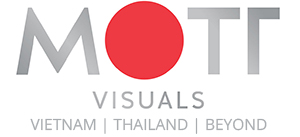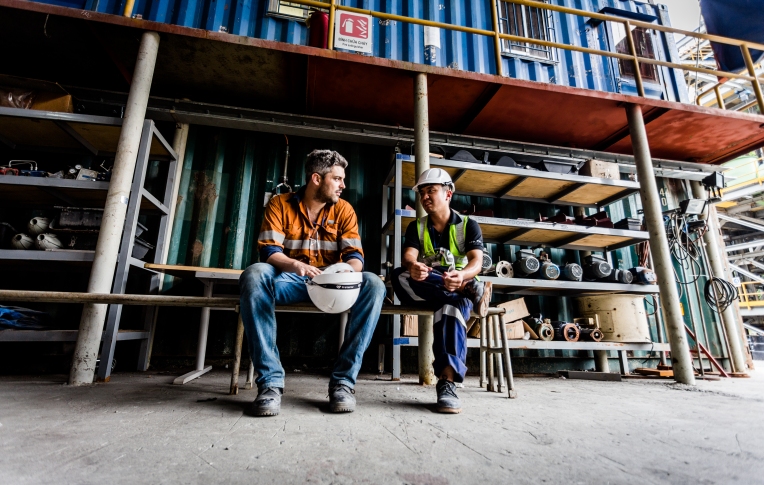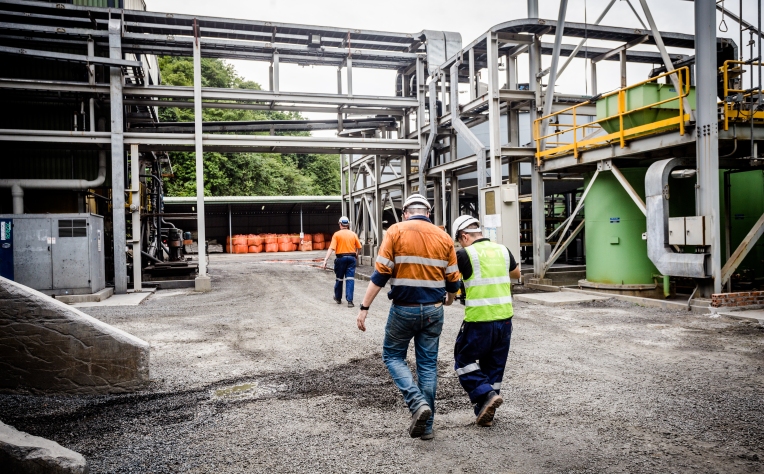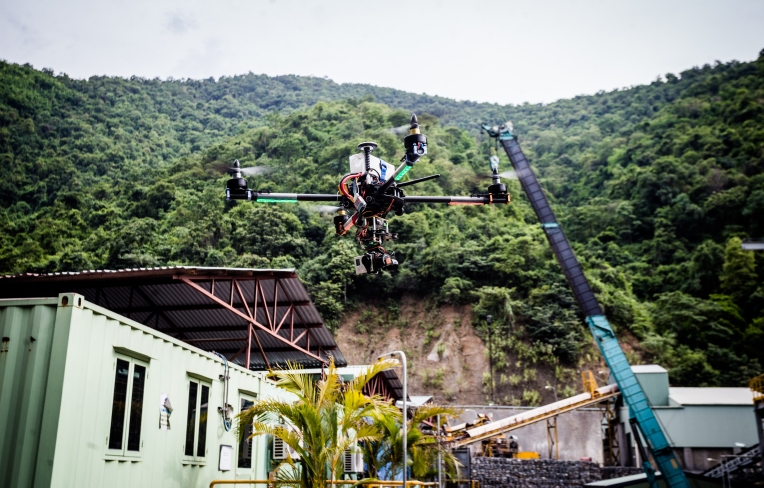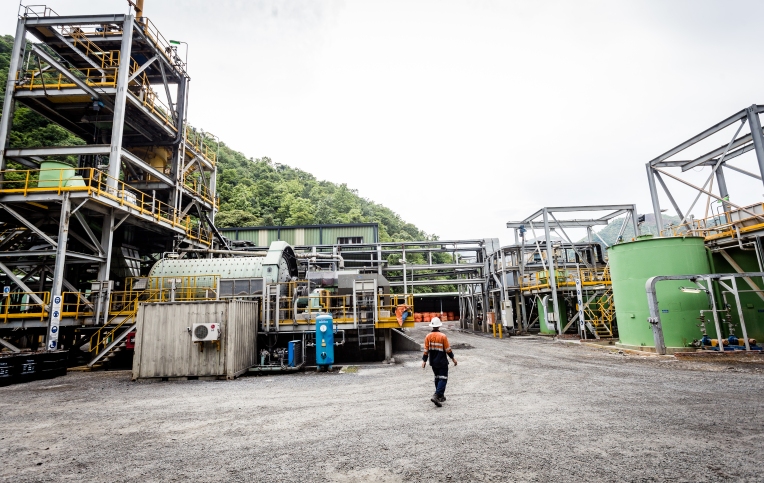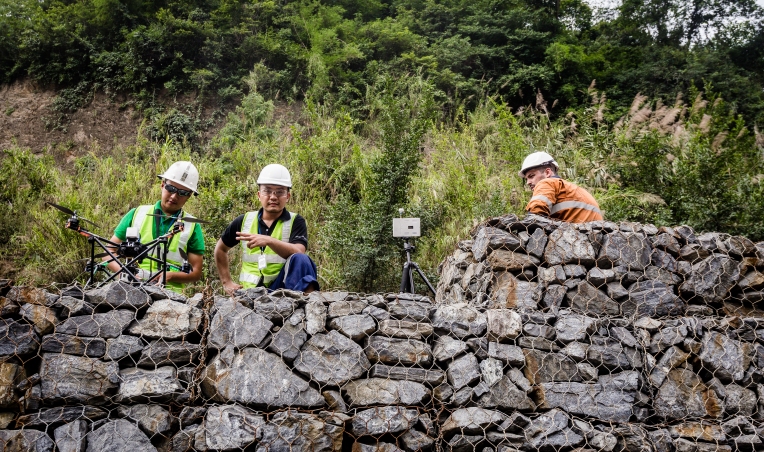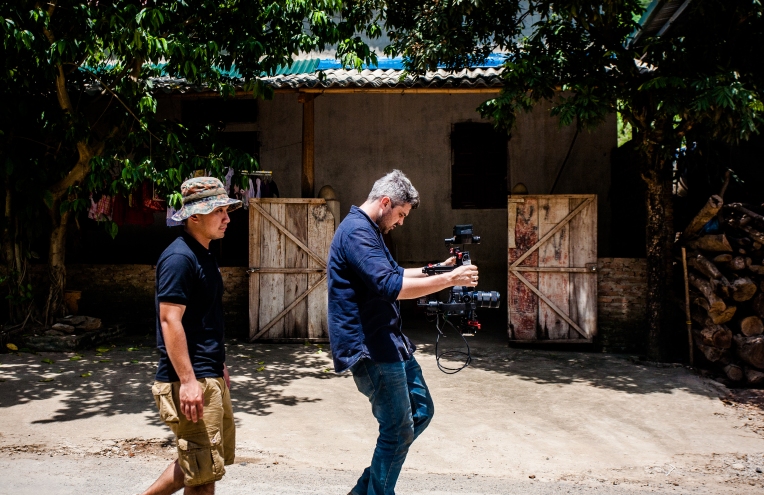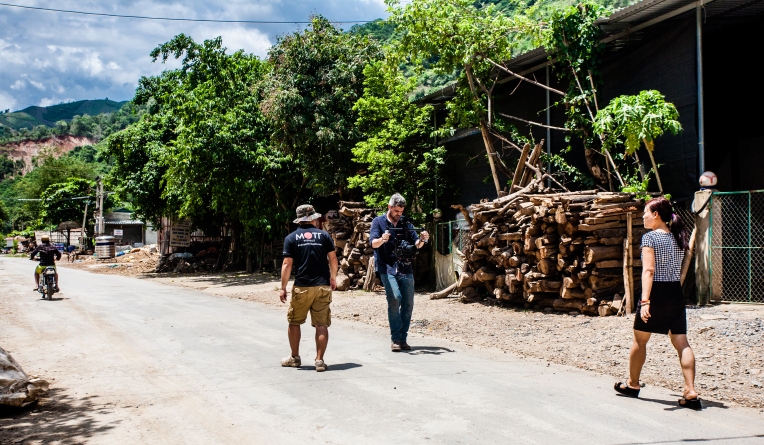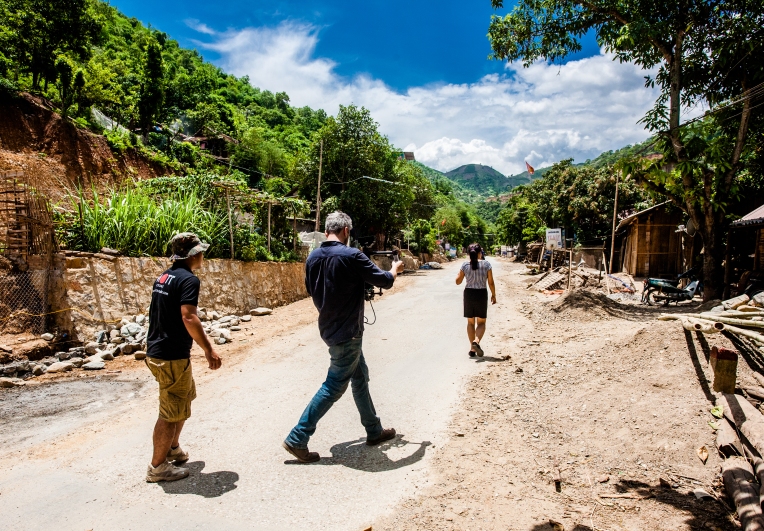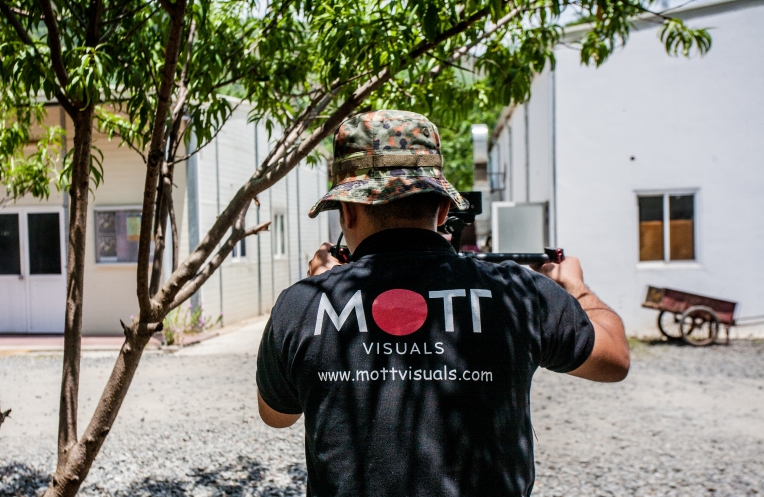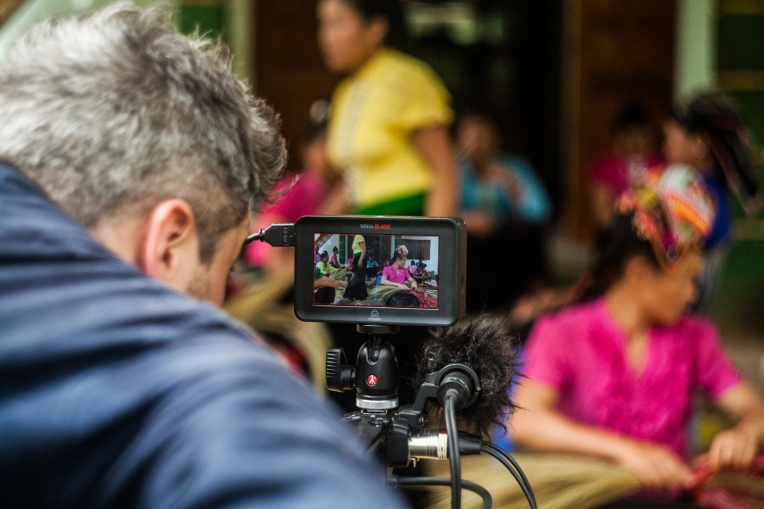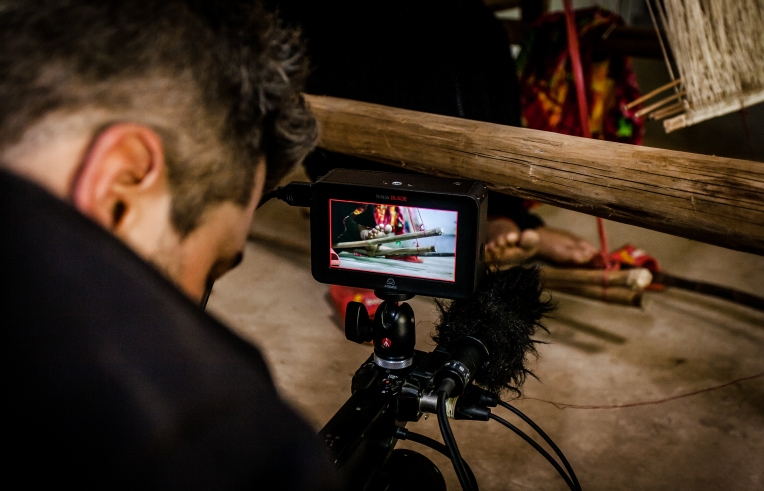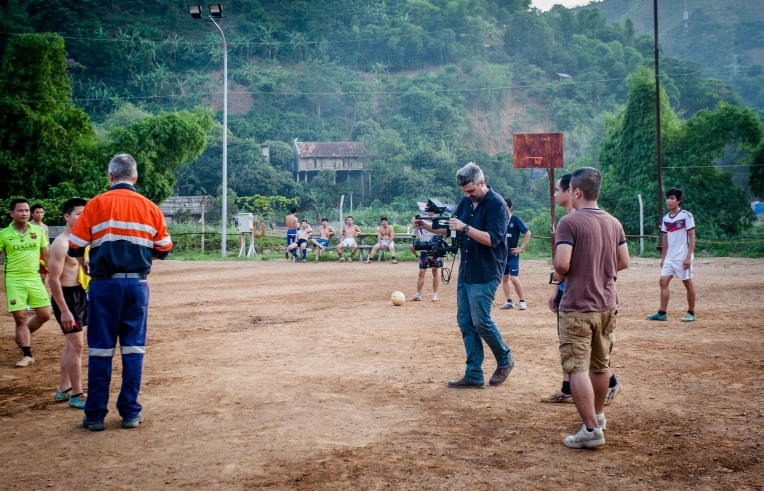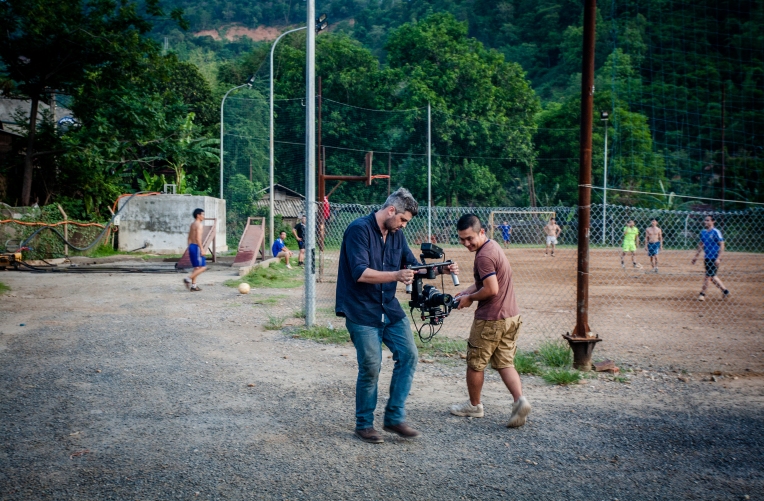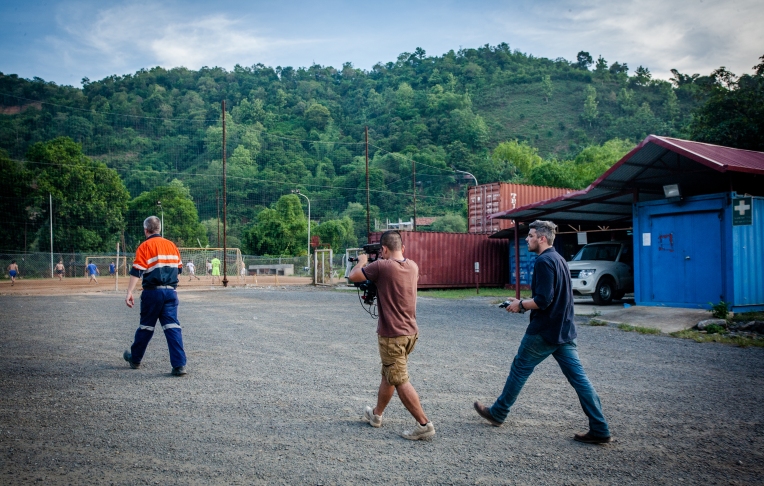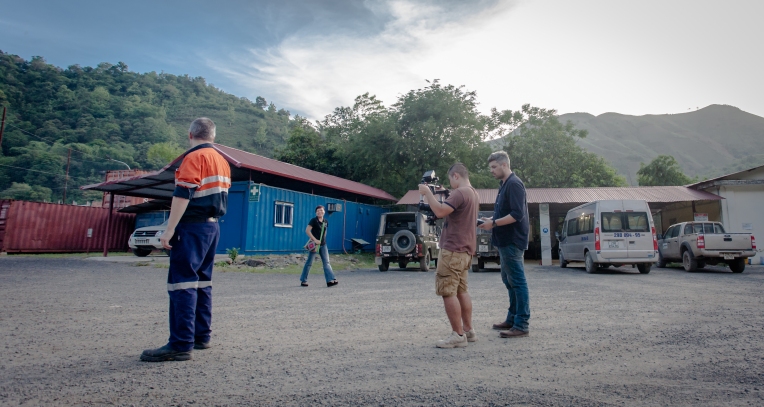I’ve made almost every mistake a photographer can make in running their own photography business from running up credit card debt to doing jobs without contracts. The biggest leap I made was when I decided to stop acting like a freelancer giddy just to get an assignment and started being proactive thinking like a small business owner trying to build a brand sustainable for the future. I never worked in actual office so I got a late start but better late than never.
I’ve had the privilege through festivals, photography events, and workshops to meet a lot of young and old aspiring photographers and what I’ve found are missing from these workshops and festivals is an injection of reality and education about the business world of photography. So I’ve decided to inject, if you don’t want to be injected, stop reading (sorry that really sounded gross and I promise not to use the world inject for the rest of this blog).
Here are some pointers, some big and some small, that I’ve come up with for all of you who want to make a full-time living off of photography. No matter what genre of photography suits your fancy, this advice should apply to you. For any of you not in the photography world this is going to sound bizarre because you will think all of this is pretty damn obvious. I’m not claiming to reinvent the lens here (see what I did there) but sometimes we all need a reminder.
Retirement Plan
No matter how old you are start a retirement plan today!!! Open up an IRA, Roth IRA, or Self-Employment IRA account, it takes just a few minutes to sign up. I have a Self-Employment IRA through Vanguard,
https://personal.vanguard.com/us/openaccount and the money automatically comes out of my bank account every month and is invested in a mutual fund. If you are in your 30’s ask your friends with corporate jobs how much is in their 401K retirement plan already, the number will astound you. It’s not too late; you will need this money one day I guarantee it,
so sign up now.
Health Insurance
This applies mostly to expats but if you live abroad you need something to cover your ass in case of an emergency. I used a broker in Hong Kong and got a plan from Allianz
http://www.allianzworldwidecare.com/ that works for me. One bad accident could bankrupt you.
Savings
Injuries, death in the family, emergencies, etc. you need to have money in case things go wrong. A lot of financial planners will tell you to have about 3 months worth of living expenses in liquid savings account as a bare minimum.
Taxes
Stay on top of this, know what is acceptable to write off and keep good records either with a program like QuickBooks or hire an accountant.
Contracts
For every job you do should have a contract signed before you do anything. Contracts are negotiable so remember that and don’t get bullied, unless of course you are working for in that case just sign the contract J. Templates are available online or hire a lawyer to draft you one. I hired a lawyer then made necessary adjustments. A good contract will save you and it will let your clients know you are serious about your work. Even with friends have a contract; it’s not about trust it’s about having something in writing signed so that you won’t have any confusion later on. I work with some of my closest friends and we have contracts that we mutually negotiated signed leaving no room for misinterpretations.
Credit Card Debt
Bad
Trademark
If you want to be more than an individual and build a brand, trademark your company. Your lawyer can do it for you and this will protect you from someone stealing your name and logo after you’ve built that successful recognizable brand.
Bank Stuff
Separate your business from personal bank accounts. I have a company credit card and bank account for my business and only those accounts are used for business transactions. Come tax time this will make things a lot easier and it will be easier just in terms of understanding your financials.
Be On Time
This might seem like an obvious one but I see it all the time. People like to make that joke about “I’m on (Insert Country Here) Time” or “I’m an artist” excuse, screw that. Be on time for all meetings, shoots, conference calls, and deadlines. Don’t forget photography is subjective so things like being professional and being likable can always help later on when it comes time for the client to approve your work or hire you again.
Rewards Programs
If you travel a lot get rewards programs for airlines, credit cards, hotels. Use them all time, they add up to great deals and will save you a lot of money. This dude has a website that offers advice on this, bookmark it.
http://thepointsguy.com/Get a Deposit
Don’t do any wedding or commercial work without an f’ing deposit. For editorial work it’s damn hard to do so because they are so last minute. For everything else don’t reserve your time, book airfare/hotels, and turn down other jobs until you get a deposit. We do a 50% non-refundable deposit, that at least covers expenses and more importantly covers our ass from a client canceling last minute. Without a contract or a deposit it’s really easy for a client to be flaky but it’s amazing how much they respect your time when they’ve paid you a significant amount already. I’ve helped a friend or bended a few times and guess what, those are the times I got burned so just don’t do it. Make it company policy and make sure friends and good clients understand it’s not personal. Sometimes a company will plead with you saying they can’t get you the money in time, guess what, they can if they want you. They can pay their lease, pay their employees, etc. so they can pay you. Can’t and don’t feel like it are two different things. Be strict on this one, it’s a normal practice.
Final Payment
Don’t give up the goods until you see the $$$. It’s easy for client to say after they received the final high-resolution images to come up with excuses for a discount or delayed payments. We get our final 50% before we give any high-resolution images or video files. Again, we’ve made this mistake. We’ve had clients love the images and say so in an email only to delay 6 months to pay us or try to weasel a discount because image 27 wasn’t what they had in mind. Some will just make things up just to get a deal, not often but it happens.
It’s a pretty fair and simple system we use. We set up a locked online (We use
Photoshelter and love it) web resolution gallery of images for the client to review. Once they sign off and pay us the remaining balance we send them the high-resolution images or video within 24 hours of receiving the payment via online gallery. Don’t do anything until you see the actually money in your account, just be safe. It’s a fair system for you and your client and put these details in your contract and terms up front.
DI (Digital Imaging)
Save yourself a whirlwind of trouble and establish what is included in the price and what isn’t in your quote and in your contract. Unless it’s a large scale advertising shoot of just a couple images our price covers cropping, color correction, color balance nothing else. Additional work such as removing objects costs additional money. Also make it clear again on the shoot right away. Every shoot we do someone from the client side will make a comment on the first shot “oh he can just Photoshop that out” and yes many things are possible with Photoshop. I politely correct them right away to manage expectations. There is a huge difference between changing someone’s hairstyle in 200 wedding pictures compared to changing a white sky to blue and removing a dust spot. Most people don’t understand how much work goes into retouching, they think there is just a button on your computer that says “Photoshop” and you press it and it just fixes things. They don’t understand it’s an art and time consuming. It’s not their fault for thinking like that and we can’t change that way of thinking but what we can do is clear up those misconceptions in our contracts and on the shoot. For our wedding work we include color correction, we don’t do smooth skin toning or removing of objects. Yes you see that in our portfolio but you also see that in our contract . We’ve had small commercial clients put 30 retouching notes on a single image and gigantic global clients get the first round of edits and not ask for anything else, they were perfectly satisfied. It’s all about educating your clients from the beginning on what is possible and what’s not and what’s included in their price and what’s not. Set the tone early (pun intended).
Know Who You Are And What You Are As A Brand
Learn how to sell yourself and believe in what you do. Understand your product and the market for your product. Don’t market yourself as a guy who sometimes will do food shots or weddings if he’s asked to. Do you want to hire that guy/gal?
Get Organized
I’m not an organized person but we started using Dropbox and it simplifies my life. All of our company documents there and are accessible no matter where I am. Every job has a job number and relevant files in a dedicated folder so it’s all right there when I need to access it.
Trade and Barter
I typically avoid barter deals for things I don’t need like luxury purchases such as a nice hotel room or whatever it is. Don’t get caught in that trap of a potentially large client not valuing your work and your time. They might want to trade you few nights for some hotel shots but then they will never hire you for a paid job. I’ve traded with a client at a hotel before and will do it again but only have I’ve worked with that hotel on a paid job and only if I see true value in staying there. I’m not saying don’t trade, just be strategic about it. For example trade with a lawyer, take their company profile shots in exchange for some advice and contract work. Just be clear, make them understand your true value from the start. Make a proper quote so they see your prices and then it will be a clear trade. I traded a wedding shoot with our graphic designers Croc and Plover. I couldn’t afford them at the time and it proved to be an amazing deal I hope for both of us.
What Is Your Budget?
Ask your prospective client “What It Your Budget?”. This is probably the best piece of advice I can give you. You’d be surprised how many clients will just be upfront with you. This isn’t an opportunity to overcharge but it can help a ton with assessing your quote. If the budget is higher for a video for example we can rent a crane or use our drone, if the budget is smaller then we might need to skip these things and shoot less days. For a photo shoot it could be a matter of terms and usage of images. The commercial quoting system is the wild west, just ask their budget and then work from there on how to give the client the most value and best product for that budget. This question will also save you time and effort if the two of you aren’t even close on pricing.
Portfolio
Have a professional site, Facebook or Flickr don’t count and never show your work to prospected client on your phone.
Dress The Part
Rolex and an Armani tailored suit for every shoot and meeting, no exceptions. Just kidding, but something between that and board shorts , T-Shirt, and flip-flops should suffice.
Crowd Funding
I don’t knock you for trying and for some it works well but the key word there is “some”. When I hear this at panel discussions to new photographers as a viable solution to how to make a living in photography it kills me. The people talking about doing this in panels have a huge number of followers and at some point even those followers will get sick of donating money. Before I get angry looks at the next documentary photography festival and shunned from the scarf totting community that I feel like I’m a part of, I get it that it works for some of you but it’s not a realistic business plan for most. I have a few friends who make this work and I respect them for it but even they will admit it’s a struggle. Try it out, but don’t rely on it as a way to be a professional photographer.
Get Of Your Ass And Go Get It
Work isn’t just going to flow in because you are a talented photographer or because you won a big award. You have to be proactive and go get it yourself. I get shit for OP(Over Promoting) and at times maybe I can OD on OP’ing but I’m fine with that. I like getting paid to take photos for a living and promoting on social media helps me do that. It works for me, it helps clients remember our diverse business and hopefully they think of us when they need visuals because they remember that picture we posted on Facebook that is relevant do their business.
Most photographers don’t want to talk business because they feel it takes away from their art or their vision. I’ve personally had multiple photographers angry or weary of me for being a businessman. Not a shady business, but just a businessman. This doesn’t mean I’m lurking down alleyways making shady deals and trying to trick people and rip them off, ha ha gotcha!!! I sell other photographers for weddings and commercial assignments and guess what I take a percentage just like an agency does. We both make money, to me this is a good thing. My business has employees, offices, marketing expenses etc. and all that costs money but that’s what generates assignments. I’ve had people try to belittle my work as a documentary photographer because I also shoot weddings and commercial work. Shooting weddings and commercial work doesn’t somehow magically make you a bad photojournalist; I’d argue it makes you a better photographer. My background as a photojournalist and as a documentary photographer helped created who am I today as a photojournalist, wedding photography, cinematographer, and commercial photographer. I personally love weddings, resort shoots, editorial assignments because I love photography. I realize not everyone is like this and this is just what works for me personally. My point isn’t that everyone out there should shoot weddings, commercial, and editorial work , my point is that if you want to make a living as a photographer you need to start thinking like a business owner. You don’t have to be rich but you do need to survive long term financially. Don’t be ashamed of being a businessman or businesswoman(politically correct points) in whatever path of photography you choose. Embrace it and you perhaps you won’t have to Crowd Fund your retirement plan.
I hope this advice was helpful and please post your own useful tips in the comments section and yes I’ll accept a few wise-ass comments.








